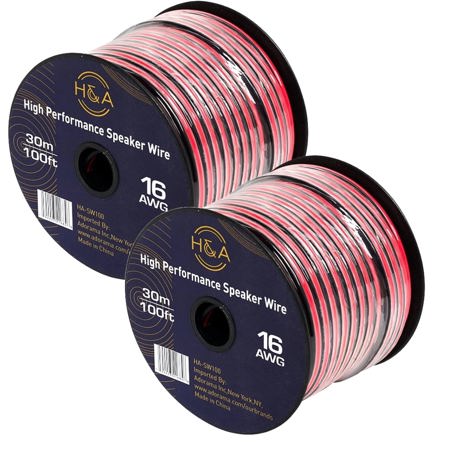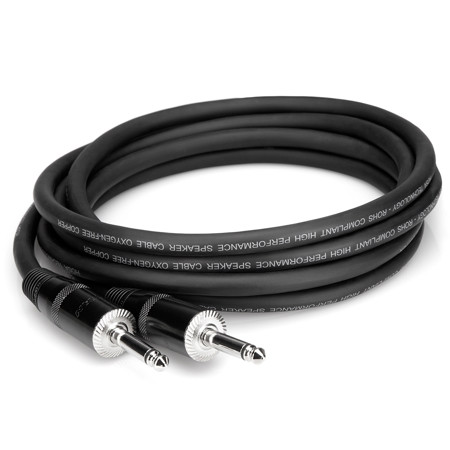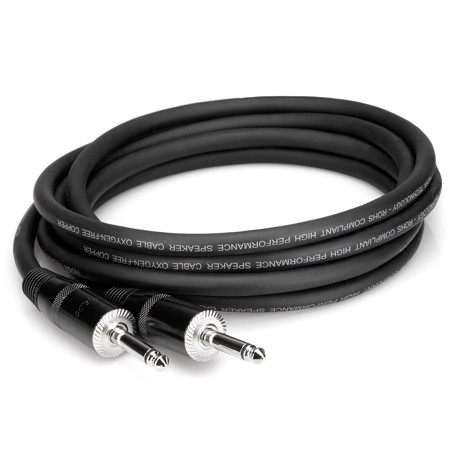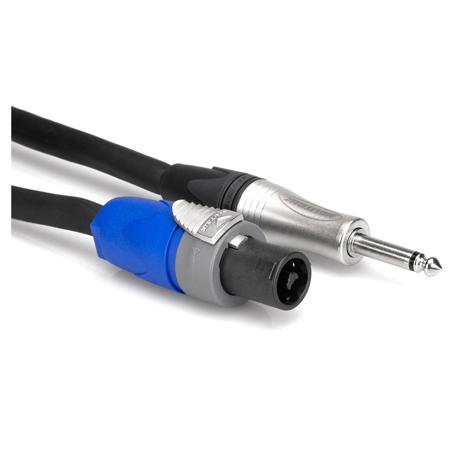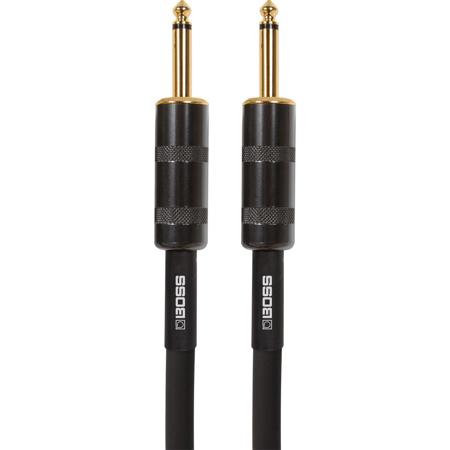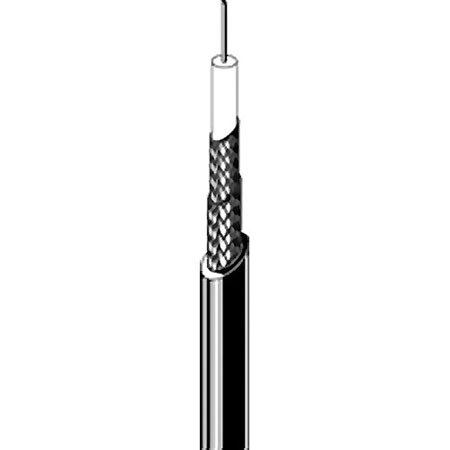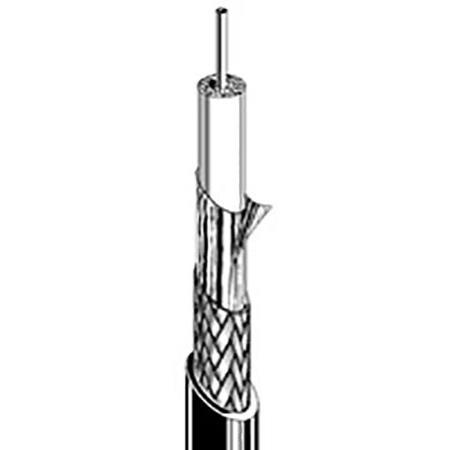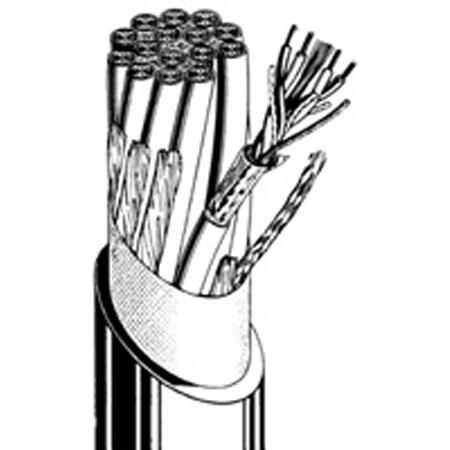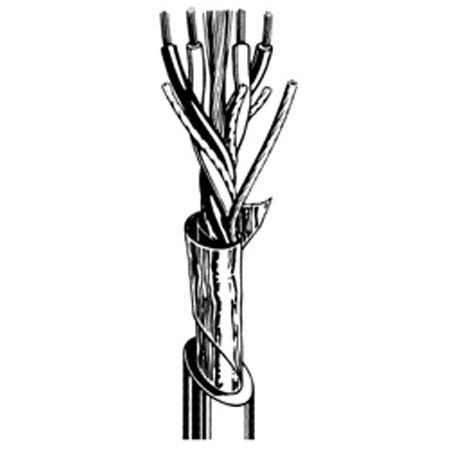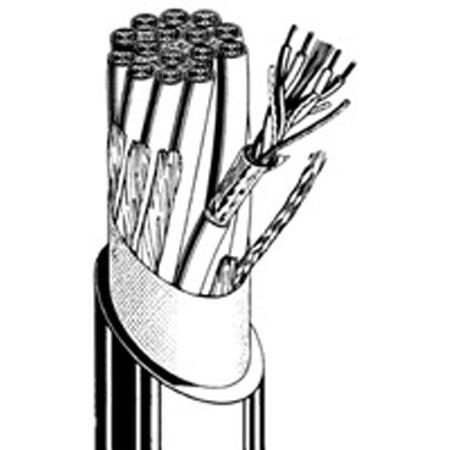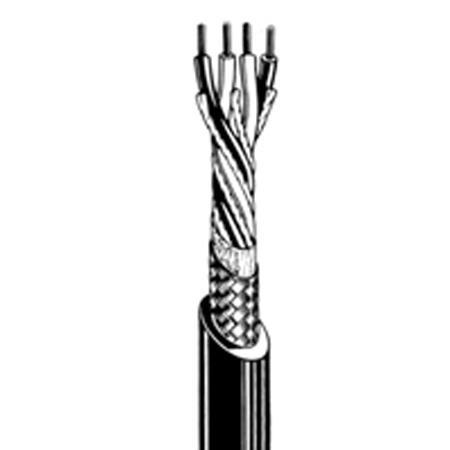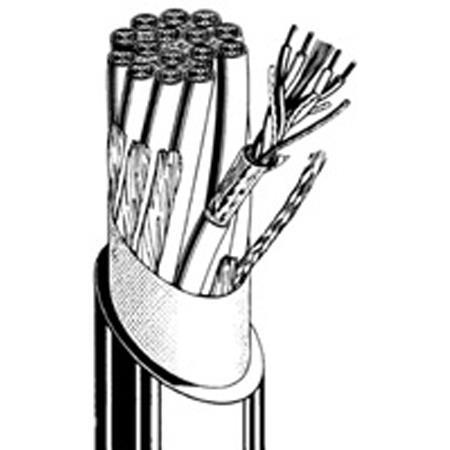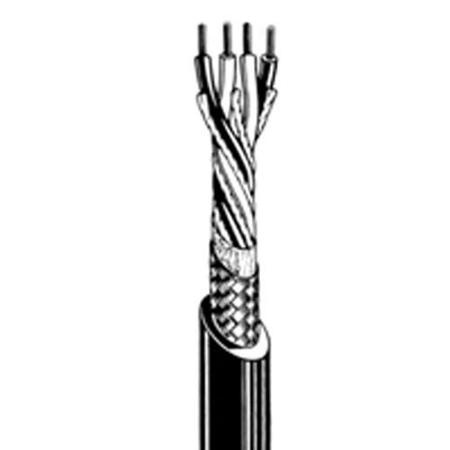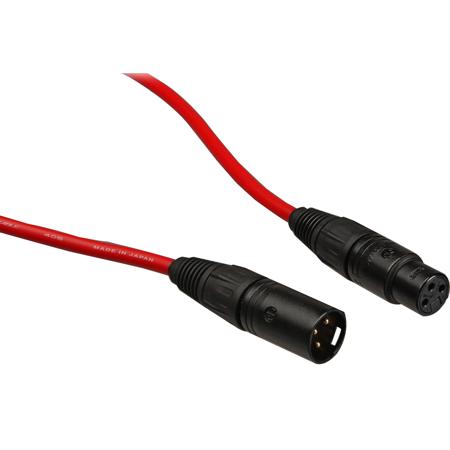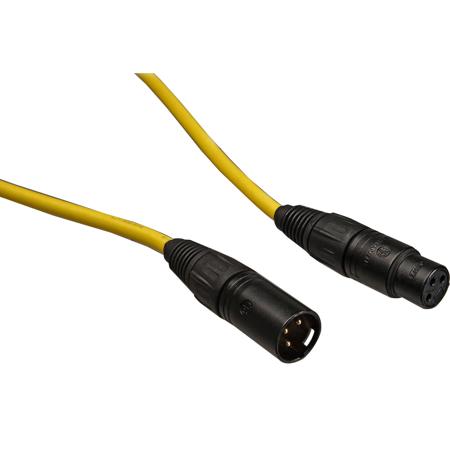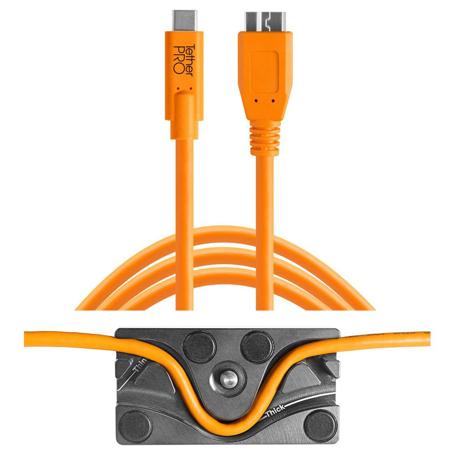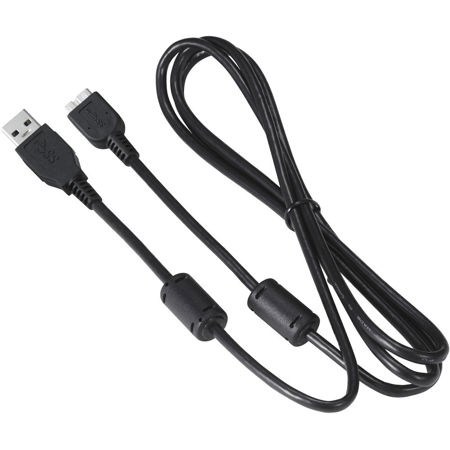AWG Cables
When selecting AWG cables for your setup, understanding the American Wire Gauge (AWG) system is essential for ensuring both performance and safety. AWG cables are categorized by their gauge number, which inversely relates to the thickness of the wire: the lower the AWG number, the thicker the wire, and the higher its capacity to carry current without overheating. This makes thicker cables—such as those in the 0 AWG to 4 AWG range—ideal for high-current applications like powering amplifiers, connecting batteries in off-grid solar installations, or providing reliable connections in automotive and marine environments. Conversely, thinner cables with higher AWG numbers (like 16 or 18 AWG) are often chosen for lower-current tasks such as connecting speakers, lighting circuits, or signal transmission in home audio and studio setups. As the seasons shift into the colder months, professionals and hobbyists alike may find themselves upgrading or maintaining their electrical systems for holiday lighting, winter vehicle prep, or home studio enhancements, and choosing the correct AWG cable ensures peace of mind and optimal performance even as demands on electrical systems increase.
The choice between solid and stranded AWG cables is another consideration that depends on the intended use. Solid wire, with its single, rigid core, is favored for permanent installations where minimal movement is expected, such as in-wall wiring or fixed studio racks. Its lower resistance makes it efficient for transmitting signals over longer distances. Stranded wire, composed of multiple thin strands twisted together, offers superior flexibility and resilience to bending, making it a go-to for portable gear, patch cables, or any situation where wires may be moved or coiled frequently. Material also plays a pivotal role: copper remains the gold standard for conductivity, but aluminum cables are sometimes used for cost savings, provided adjustments are made for the reduced current capacity. When planning a new project—be it wiring a home theater, setting up a mobile DJ rig, or upgrading a car’s audio system—matching the cable’s gauge and construction to the application is crucial for both safety and signal integrity. Gifting AWG cables can be a thoughtful gesture for the DIY enthusiast, audio engineer, or musician in your life, especially as the holiday season approaches and creative projects ramp up indoors. For those looking to complement their cable collection with more specialized connections, explore our curated selection of 1 8 Inch Cables to complete your setup.
It’s also important to consider the environment in which the cables will be used. Outdoor or in-wall installations may require cables with specific insulation ratings for moisture resistance or flame retardance, particularly in colder climates where temperature fluctuations can affect cable flexibility and performance. Safety is paramount: always ensure that the chosen cable gauge matches the current requirements of your devices to prevent overheating and reduce fire risk. Whether you’re a professional installer, a weekend hobbyist, or someone preparing for seasonal upgrades, investing in the right AWG cable brings reliability and longevity to your electrical and audio projects. The right cable not only delivers power or signal efficiently but also stands up to the rigors of daily use, ensuring your gear performs at its best throughout the year.
The choice between solid and stranded AWG cables is another consideration that depends on the intended use. Solid wire, with its single, rigid core, is favored for permanent installations where minimal movement is expected, such as in-wall wiring or fixed studio racks. Its lower resistance makes it efficient for transmitting signals over longer distances. Stranded wire, composed of multiple thin strands twisted together, offers superior flexibility and resilience to bending, making it a go-to for portable gear, patch cables, or any situation where wires may be moved or coiled frequently. Material also plays a pivotal role: copper remains the gold standard for conductivity, but aluminum cables are sometimes used for cost savings, provided adjustments are made for the reduced current capacity. When planning a new project—be it wiring a home theater, setting up a mobile DJ rig, or upgrading a car’s audio system—matching the cable’s gauge and construction to the application is crucial for both safety and signal integrity. Gifting AWG cables can be a thoughtful gesture for the DIY enthusiast, audio engineer, or musician in your life, especially as the holiday season approaches and creative projects ramp up indoors. For those looking to complement their cable collection with more specialized connections, explore our curated selection of 1 8 Inch Cables to complete your setup.
It’s also important to consider the environment in which the cables will be used. Outdoor or in-wall installations may require cables with specific insulation ratings for moisture resistance or flame retardance, particularly in colder climates where temperature fluctuations can affect cable flexibility and performance. Safety is paramount: always ensure that the chosen cable gauge matches the current requirements of your devices to prevent overheating and reduce fire risk. Whether you’re a professional installer, a weekend hobbyist, or someone preparing for seasonal upgrades, investing in the right AWG cable brings reliability and longevity to your electrical and audio projects. The right cable not only delivers power or signal efficiently but also stands up to the rigors of daily use, ensuring your gear performs at its best throughout the year.

